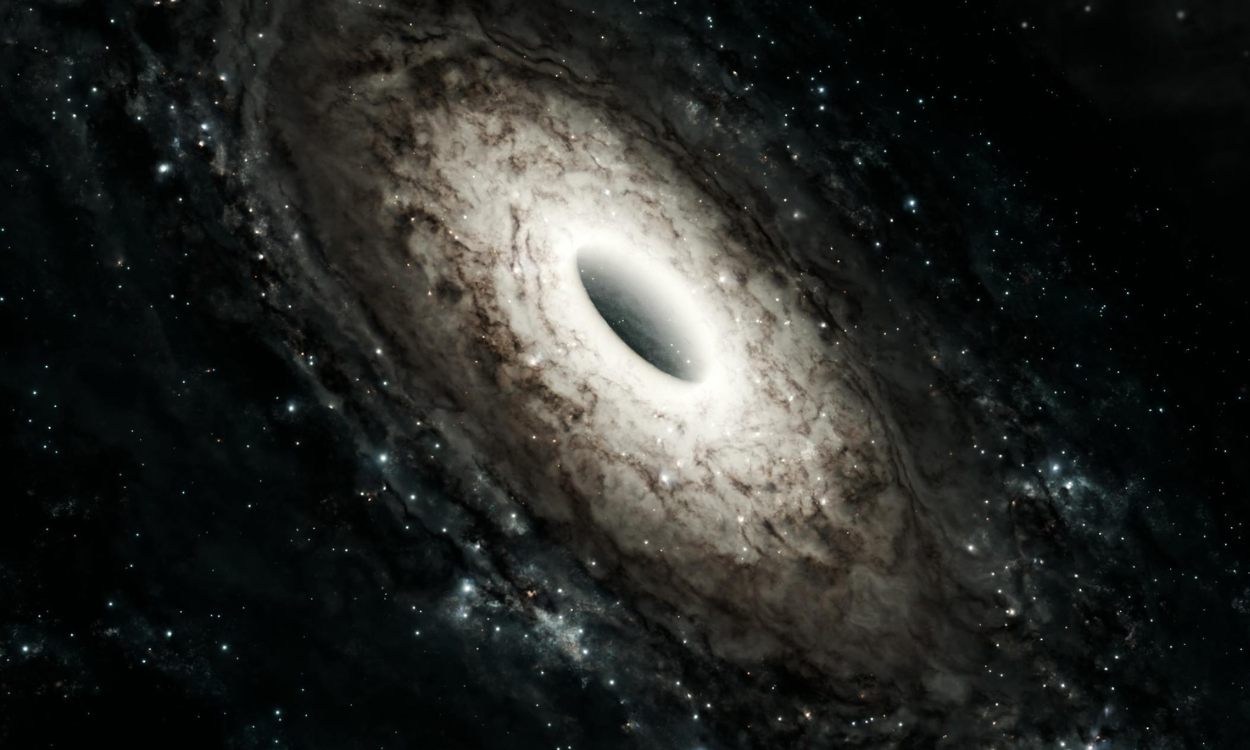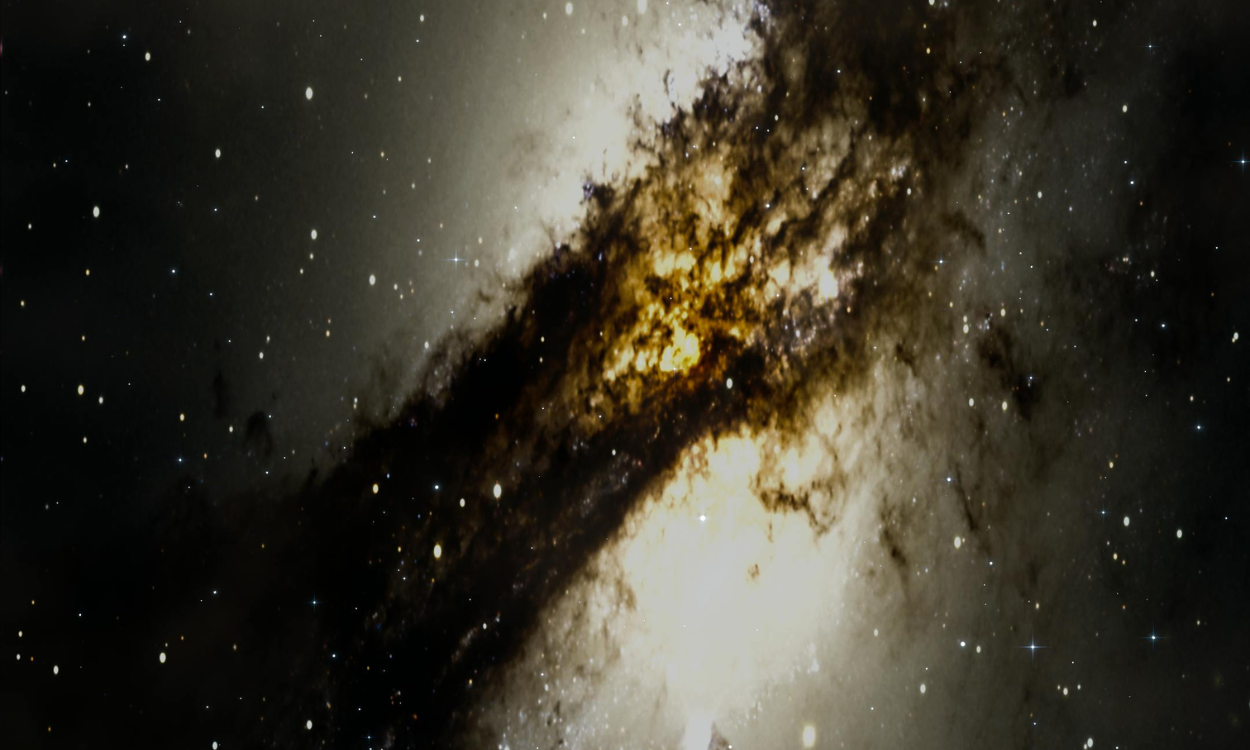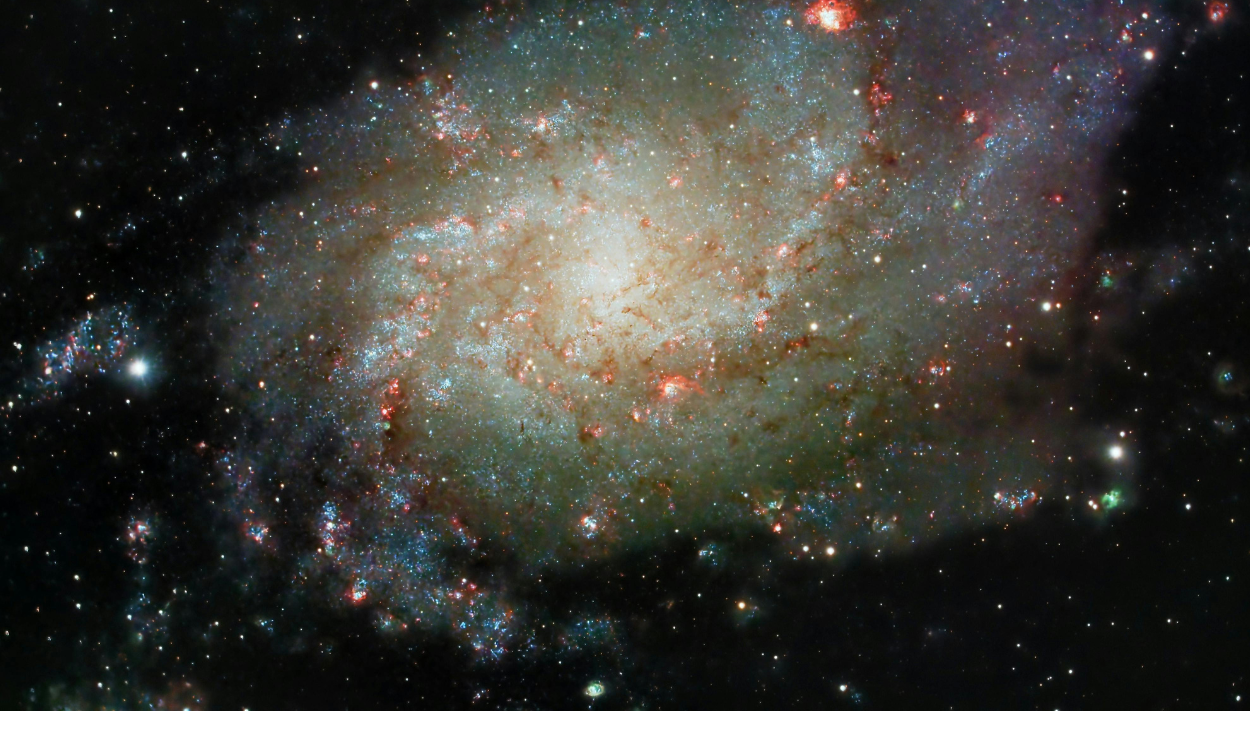Cosmic Abyss: The Power of the Milky Way’s Black Hole
The cosmos is a vast and mysterious expanse, teeming with celestial wonders that continue to intrigue scientists and stargazers alike. Among these enigmatic entities, one stands out with an overwhelming presence — the black hole at the center of our galaxy, the Milky Way. This colossal object, often referred to as the “Cosmic Abyss,” commands a terrifying yet awe-inspiring power. In this article, we will delve into the mysteries surrounding the Milky Way’s black hole, exploring its immense power, its role in the galaxy, and the scientific implications of understanding such a force of nature.
Table of Contents
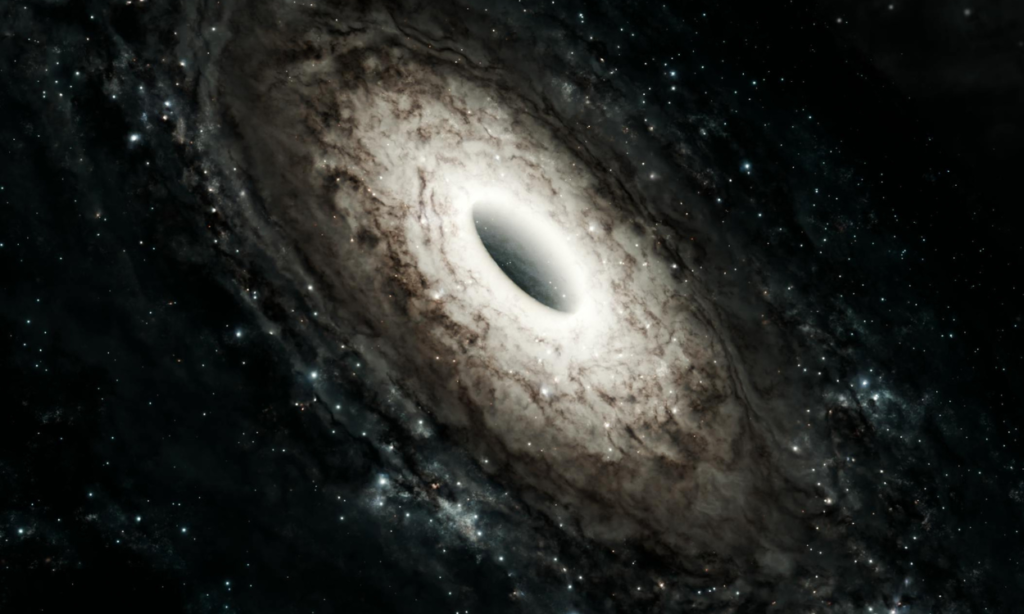
The Heart of the Milky Way
At the core of the Milky Way lies a supermassive black hole, named Sagittarius A* (pronounced as “Sagittarius A star”). This black hole is not only the gravitational anchor of the galaxy but also one of the most significant sources of mystery in modern astronomy. Located approximately 26,000 light-years away from Earth, Sagittarius A* has a mass roughly 4 million times that of our Sun, and its gravitational pull is so powerful that it dominates the movement of stars and gas clouds in the galaxy’s center. The immense strength of this Cosmic Abyss is a critical component in maintaining the structure and dynamics of the Milky Way.
The Enigmatic Power of a Black Hole
Black holes, by their very nature, are mysterious and unfathomable entities. Their power lies in their gravity, which is so intense that not even light can escape once it crosses a boundary known as the event horizon. The power of the Milky Way’s black hole, Sagittarius A*, is immense, affecting not just its immediate surroundings but the entire galaxy. It is the gravitational force of this black hole that shapes the movement of stars and the interstellar medium, acting as a central figure around which the galaxy spins.
What makes the Cosmic Abyss particularly intriguing is its ability to influence its environment in ways that defy ordinary understanding. The material surrounding the black hole — gas, dust, and even stars — is pulled toward it in a process called accretion. As these materials spiral toward the event horizon, they heat up to extreme temperatures, emitting intense radiation in the form of X-rays and gamma rays. This process of accretion, combined with the black hole’s sheer gravitational power, gives rise to energetic phenomena that radiate across the cosmos.
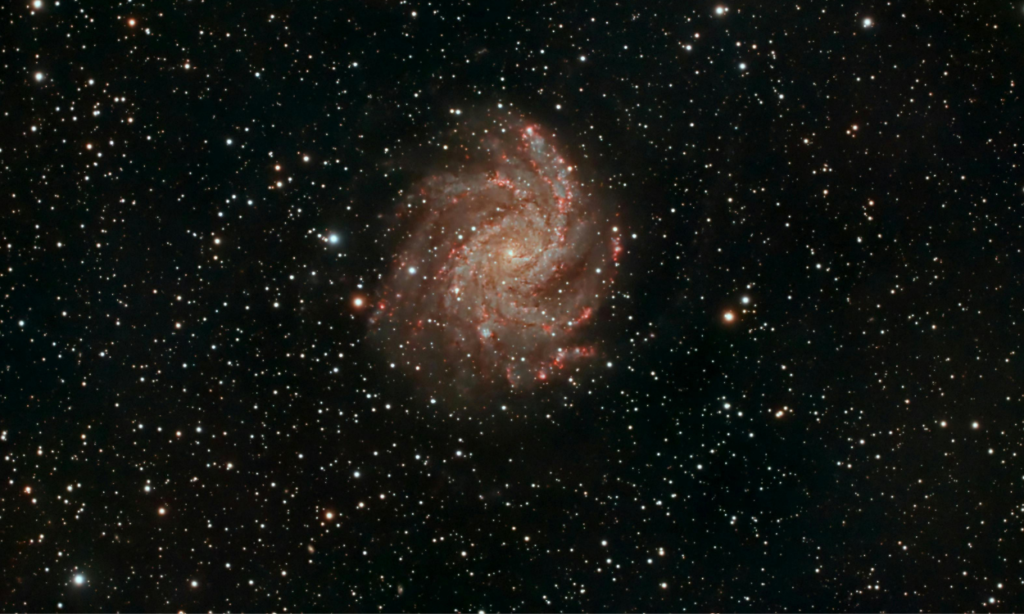
The Role of the Milky Way’s Black Hole in Galactic Evolution
The power of the Milky Way’s black hole extends far beyond its gravitational influence. It plays a pivotal role in the evolution of the entire galaxy. Recent studies suggest that supermassive black holes like Sagittarius A* may have helped shape the growth of galaxies throughout cosmic history. The theory posits that the energy and matter expelled by the black hole’s accretion disk — in the form of powerful jets and radiation — can influence the surrounding gas clouds, triggering the formation of new stars or even quenching star formation in certain areas.
In this way, the Cosmic Abyss at the heart of the Milky Way may serve as both a creator and a destroyer. By regulating the flow of gas in and out of the galaxy, it has the power to control the pace of star formation, shaping the very nature of the galaxy’s evolution. The black hole’s role in this process underscores its importance not just as a gravitational force but as a key player in the larger cosmic game.
The Unseen Power: What Lies Beneath
Despite the profound effects of the Milky Way’s black hole, there is much that remains unknown about its true nature. Astronomers have yet to directly observe the event horizon of Sagittarius A*, largely due to the enormous distances involved. However, recent advancements in technology, including the Event Horizon Telescope (EHT), have allowed scientists to capture images of the region surrounding a black hole. In 2019, the EHT made history by revealing the first-ever image of a black hole’s event horizon, located in the galaxy M87.
While this image was not of the Milky Way’s black hole, it provided invaluable insights into the behavior of these cosmic giants. The power of the black hole in the Milky Way can now be better understood through similar techniques, and future observations may one day reveal the true appearance of the Cosmic Abyss at the center of our galaxy.
The Influence of Sagittarius A* on the Milky Way’s Black Hole Activity
The activity of the Milky Way’s black hole, although relatively quiet in comparison to some other galaxies, remains a subject of great interest. Sagittarius A* is classified as an “inactive” black hole because it does not exhibit the same level of energy output as more active supermassive black holes, which are often found at the centers of quasars. However, this does not mean that the Cosmic Abyss is dormant.
Instead, it is believed that the power of Sagittarius A* is often in a state of quiescence, only occasionally flaring up when gas and other material are drawn into the black hole. These flares of activity, though less frequent than in other galaxies, are a reminder of the immense power lurking at the heart of the Milky Way. The fact that this black hole can remain relatively calm for long periods only adds to the intrigue surrounding its behavior.
Exploring the Edge of the Cosmic Abyss
The study of black holes like Sagittarius A* offers a unique opportunity to explore some of the most extreme conditions in the universe. The conditions near a black hole — where gravity becomes so intense and time dilates — challenge our understanding of physics. In the vicinity of the Cosmic Abyss, the fabric of spacetime itself is warped, allowing scientists to test theories of relativity and quantum mechanics in ways that are impossible elsewhere in the cosmos.
The Milky Way’s black hole is also a key subject in the ongoing search for a unified theory of physics. By studying the interaction between the black hole and its surroundings, physicists hope to unravel some of the most fundamental mysteries of the universe. What happens at the event horizon? How does matter behave as it is pulled into the abyss? These questions are central to our understanding of the nature of space, time, and gravity.
The Power of the Milky Way’s Black Hole and Its Broader Implications
The Cosmic Abyss at the center of our galaxy is not just a fascinating subject for astronomers; it has profound implications for our understanding of the universe itself. Black holes like Sagittarius A* are thought to be the remnants of massive stars that collapsed under their own gravity, and their study helps us understand the lifecycle of stars and the dynamics of galactic formation.
In addition to its role in the evolution of galaxies, the study of black holes may also offer insights into some of the most profound questions in cosmology. How did the universe begin? What is the true nature of dark matter and dark energy? The power of the Milky Way’s black hole may hold the key to answering some of these fundamental questions, shedding light on the origins of the universe and the forces that govern its evolution.
Conclusion
The Milky Way’s black hole, the Cosmic Abyss, remains one of the most powerful and enigmatic forces in the universe. Its influence extends far beyond the galactic center, shaping the Milky Way and influencing the very fabric of the cosmos. As our understanding of black holes continues to evolve, the mysteries surrounding the Cosmic Abyss will undoubtedly provide new insights into the workings of the universe. From its role in galactic evolution to its potential in unlocking the secrets of the cosmos, the power of the Milky Way’s black hole is a testament to the awe-inspiring forces at play in the universe. As we continue to explore this cosmic phenomenon, we move ever closer to unlocking the deepest mysteries of space and time.

